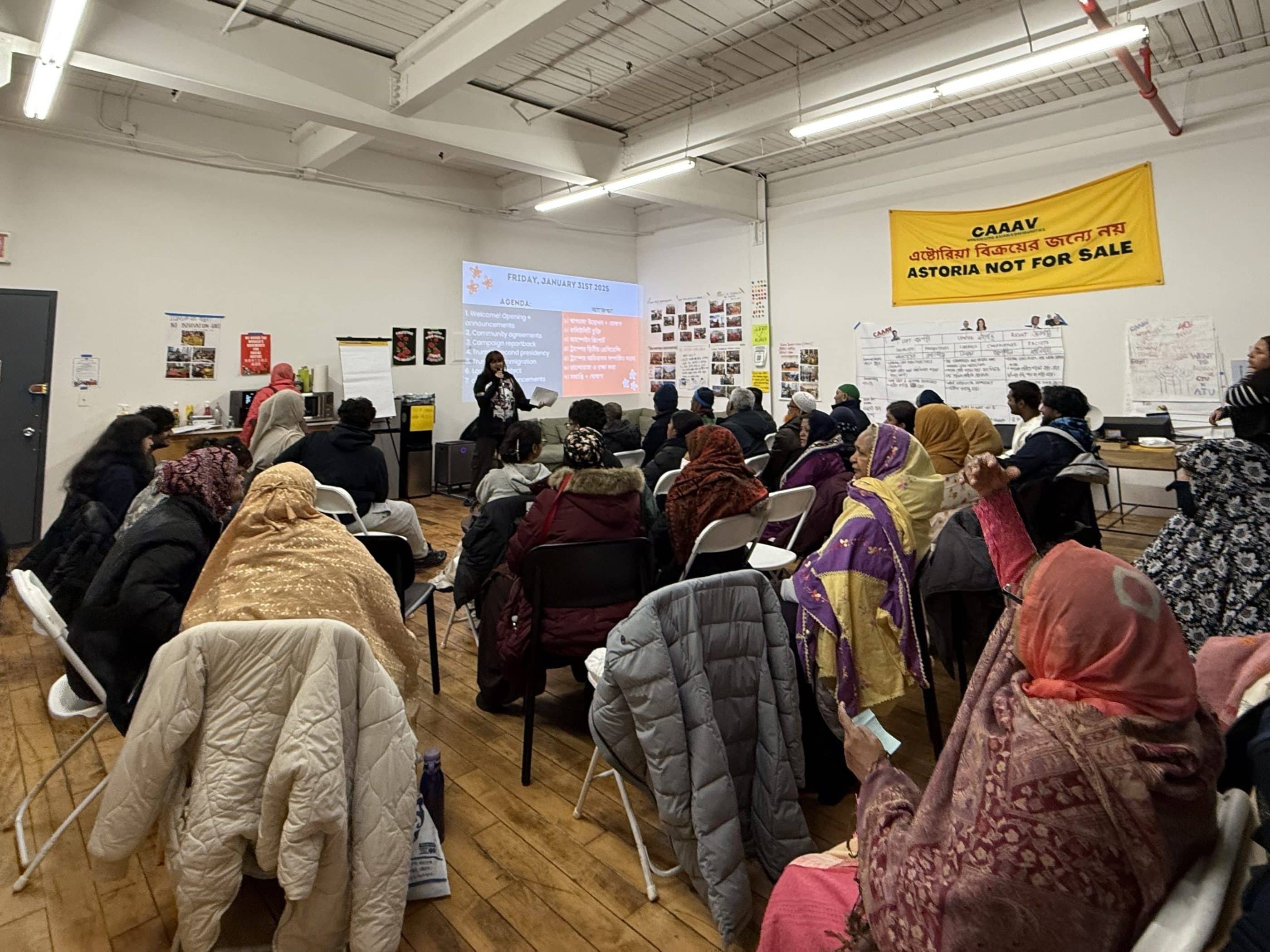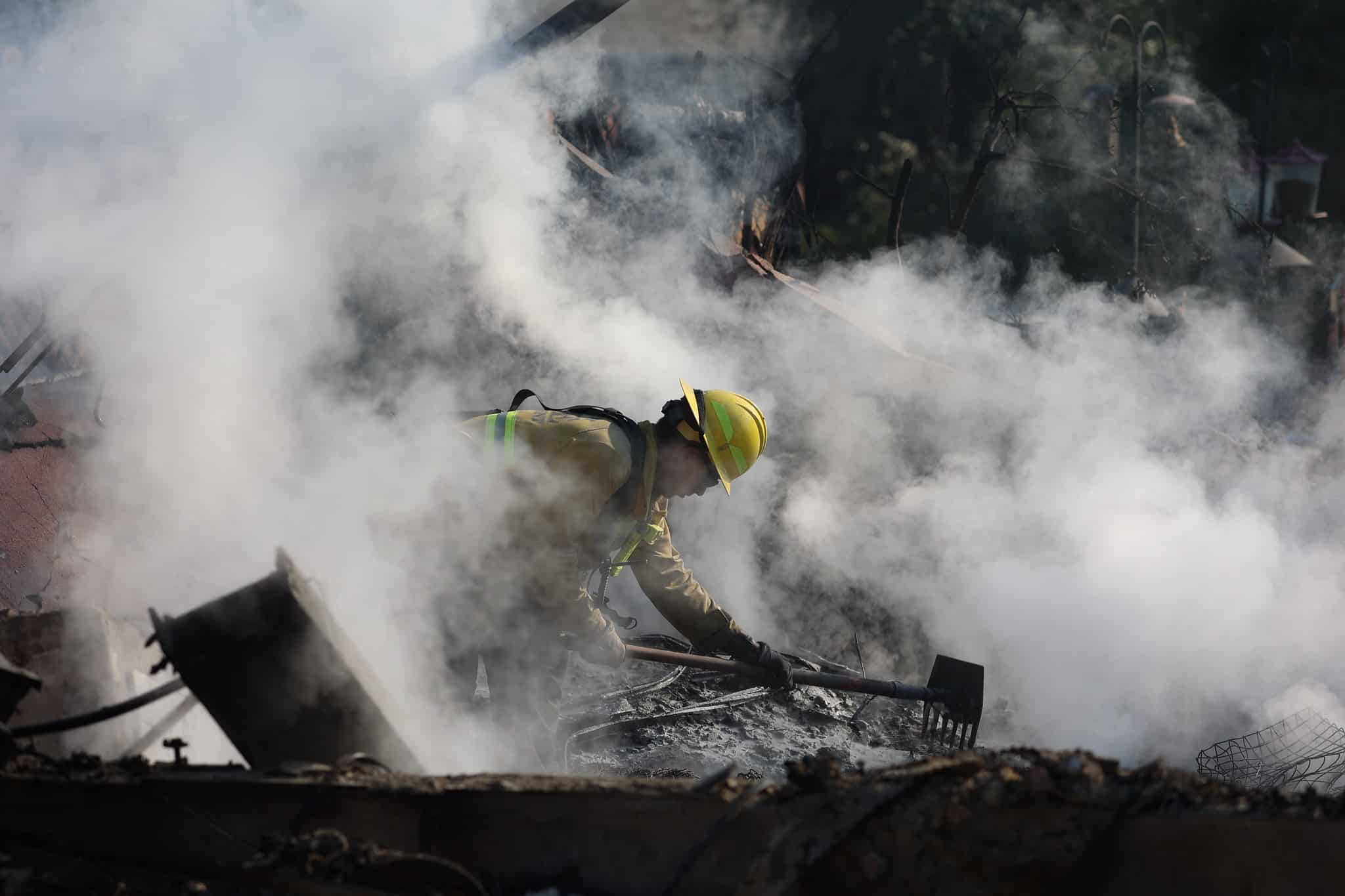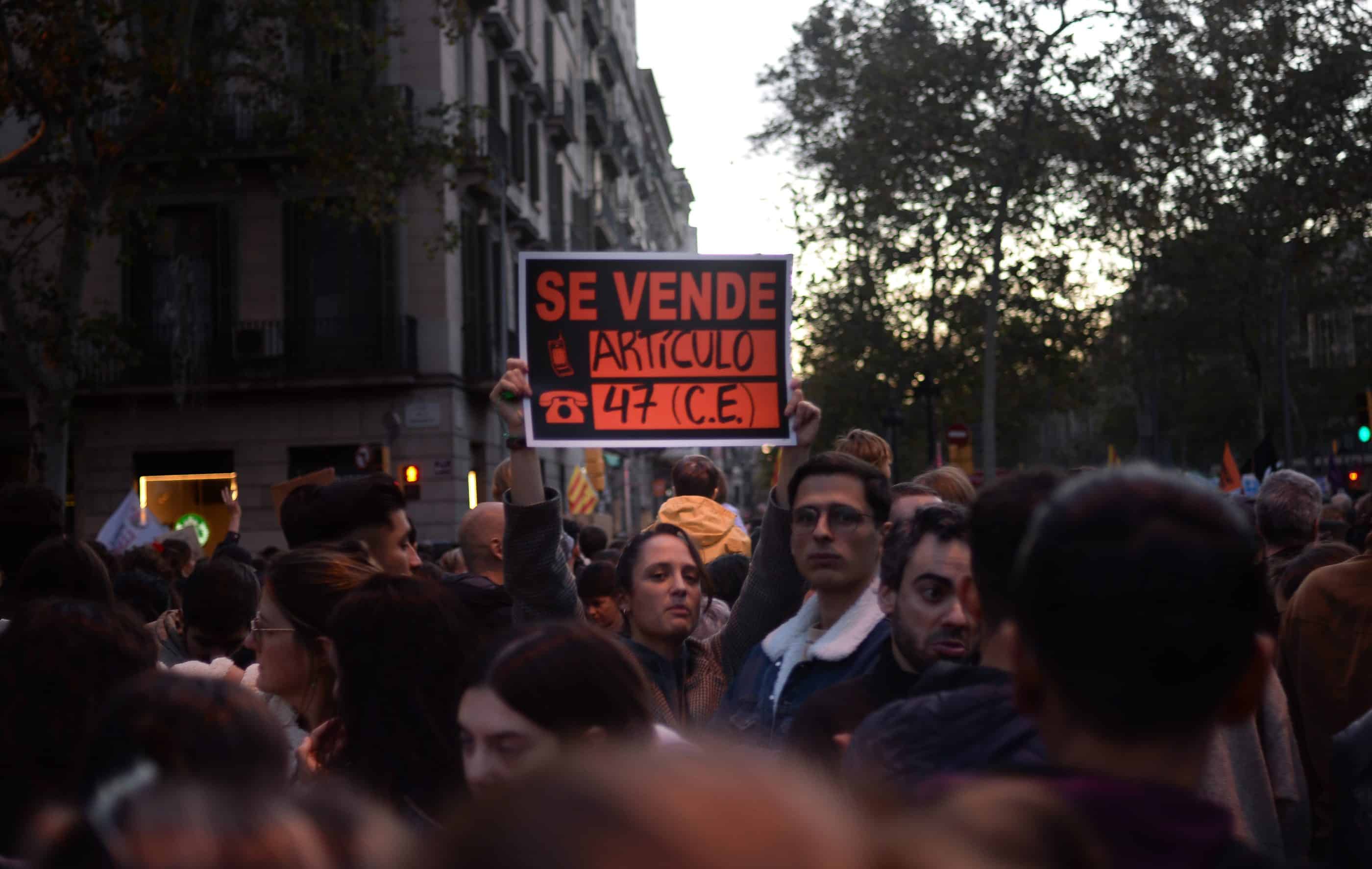On June 30th, CapitalNewYork.com published an article titled “Defining Affordability Upward,” about Upper West Side Councilwoman Helen Rosenthal and her battle to create “affordable” housing for families earning over $150,000 per year. According to Councilwoman Rosenthal, these “are the families that took a chance on the neighborhood a few decades ago and made it what it is today. They’re not rich, just upper-middle class.”
In April, she negotiated for 20 units in a new housing development for households earning between 175 percent and 230 percent of New York City’s median income, equivalent to $147,000 to $193,000 per year for a family of four. Her rationale is that without “middle-income” housing, the Upper West Side will become a place for just the very rich and very poor.
Rosenthal’s prioritization of housing for people earning significantly above average raises the question: “What benefits are we reaping, as a society, from subsidizing housing for our upper-middle class citizens?”
Researchers tell us that affordable housing for lower-income families has numerous benefits, particularly when that housing is in a mixed-income environment like TF Cornerstone’s Upper West Side development (see image) is. It boosts children’s school achievement, cuts down criminal involvement, improves parent and child health, raises employment rates, ameliorates mental and emotional illness and decreases addictive behavior. In other words, affordable housing is a powerful remedy for the family trauma and social maladies associated with poverty.
But what benefits can we expect from price-restricted housing for upper-income earners?
On this point, research findings are silent. However, we can reasonably assume that families earning $150,000 to $200,000 per year, if they left the Upper West Side, would likely find adequate accommodations in a neighborhood where their children’s safety, school quality, and health would not be jeopardized. If this is the case, then price restricted housing for this income group has questionable social value.
Rosenthal expresses concern that without incentives to keep middle-class families in the neighborhood, the Upper West Side will become polarized, with only very rich and very poor inhabitants. However, if that is her concern, her solution is confusing.
She negotiates for units serving 175 to 230 percent of the area median income (AMI) rather than negotiating for units serving truly middle-income earners, between 50 percent and 150 percent of AMI ($42,000 to $129,000 per year for a family of four).
Although census income categories do not map exactly to New York’s AMI levels, more than 37,000 households in the Upper West Side earn between $50,000 and $150,000 per year. Nearly none of them qualify for Rosenthal's “middle-class” set aside.
Rosenthal’s concern about displacement tugs at our heartstrings and, from a more academic perspective, displacement does disrupt employment, education and social networks.
However, I am disconcerted by her implication that poor and working class families do not live in the Upper West Side already, that aside from those living in public housing, her community consists only of those earning over 150 percent AMI. The census tells a different story. There are 34,000 households in the Upper West Side earning less than $50,000 per year. One wonders why Rosenthal is not concerned about the potential displacement of these families.
So what benefits can we expect from subsidizing housing for the true middle-income earners? This is a reasonable question. Traditional affordable rental housing typically targets those earning between 30 and 50 percent of AMI. In New York, a family of four earning 50 percent of AMI earns $42,950 per year. Such families struggle financially in pricey Manhattan, but are over-income for assisted units in traditional public and affordable housing developments.
As a result, these families are truly at risk of being priced out of gentrifying neighborhoods. Chicago, New York, San Francisco, Boston, Los Angeles, and many other cities have already acknowledged the need for affordable middle-income housing in their high-priced markets, and have chosen to prioritize that need even at the cost of producing fewer low-income units. Seattle, for instance, is currently designing an inclusionary housing policy that will target households earning between 60 and 100 percent of AMI because, according to the city’s website, “many retail and service workers that support Seattle's economic prosperity have difficulty living in the city where they work. Even nurses, teachers, construction workers, and many other middle-wage workers face barriers to living in Seattle.”
The CapitalNewYork.com article raises an important question: Where do we draw the line between middle-class households and wealthy households when we are “defining affordability upward”? My answer to this question would be altogether different if affordable housing for poor and lower-middle income families were plentiful.
But 53 million American households live on less than $50,000 per year and our nation only has 5 million federally assisted affordable housing units. Until we house our homeless, meet the needs of struggling, working class families, and prevent children from growing up in unsafe and unhealthy housing, I find it difficult to justify setting aside scarce housing resources for people who already enjoy the comfort and stability of a six-figure paycheck and upper-middle class lifestyle.




Great article. I appreciate all that you are doing. I’m going to mention it on my blog later today.
saundra
http://www.strugglinghomeownerssharestories.com
(struggling homeowners share stories dot com)
Unfortunately, Ms. Hauswald misunderstood the deal that I negotiated with TF Cornerstone. All of the units set aside for those at 175-230% AMI are subsidized by the developer. There are no government subsidies for those units. The government subsidies only apply to units set aside for those at 60% AMI (within the 50-150 AMI band that Ms. Hauswald calls for subsidized affordable housing).
By the way, all TF Cornerstone residents will enter throgh the same door because all of the affordable units are fully integrated throughout the building. Additionally, all tenants will have access to the building’s amenities, including the outdoor space.
Furthermore, my office and I work tirelessly for the residents in the district who earn less than $50,000. We help hundreds of rent regulated tenants who are harassed by unscrupulous landlords so they can remain in their homes; we work with tenant lawyers to run a monthly housing clinic; and we strategize with all tenant groups who face landlord harassment. We also work with the City’s Tenant Protection Unit to bring legal cases against unscrupulous landlords.
The City Council just passed my bill to increase the income cap for disabled residents so they will not have to pay more than 30% of their income in rent. This Fall, the City Council Housing Committee will have a Hearing about my bill to increase tenant protections against harassment.
The Upper West Side of Manhattan (and NYC) needs to preserve and grow our affordable housing stock. I’m committed to doing just that.
Please feel free to contact me with any additional thoughts or concerns.
It is always hard to balance the competing needs of different families, especially in a time of such scarcity and inequality. And it is equally hard to balance the needs of individual families with the goal of creating economically diverse neighborhoods.
While I think the income range of $175,000 to $230,000 is a bit high, i do think we need to ensure housing stock across all income streams. Presumably, the subsidy (whether private or government) needed for these families is substantially less than for families making $40,000 so the trade off is not 1-1.
Given that virtually all affordable housing is priced for families at 60% AMI and below due to the LIHTC, I believe we need to create programs that start at 61% and go up to 90 or 100 or even 110 percent of AMI. This will reduce concentrated poverty, slow gentrification, and create healthier neighborhoods.